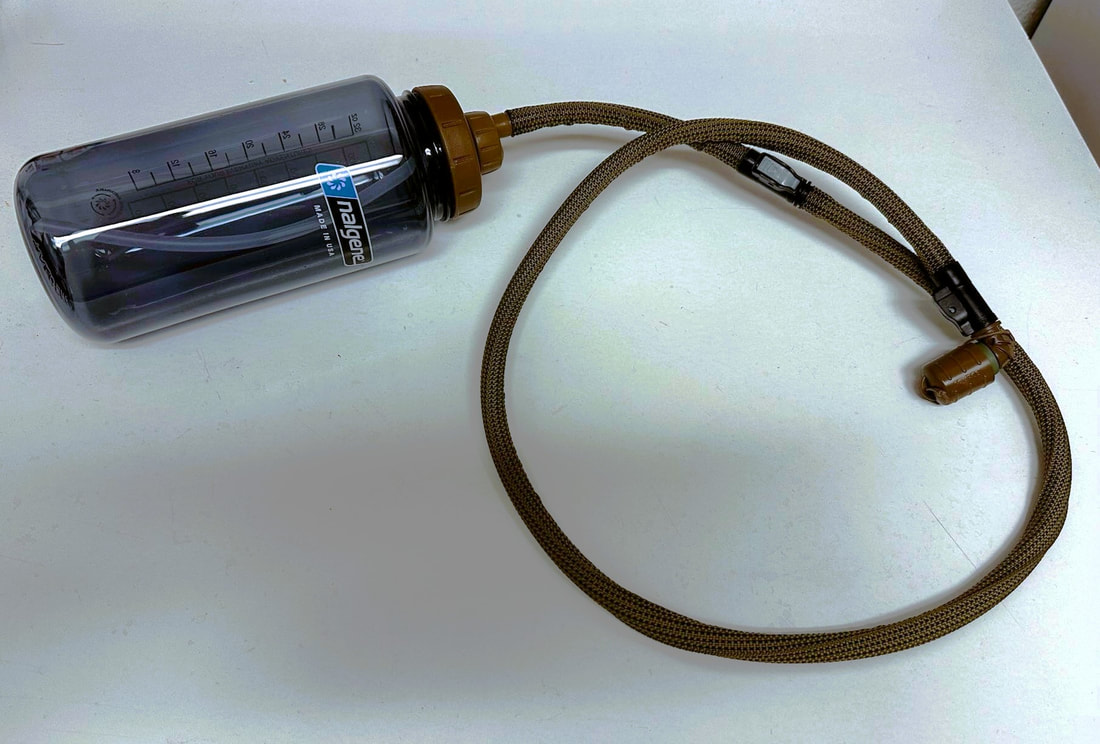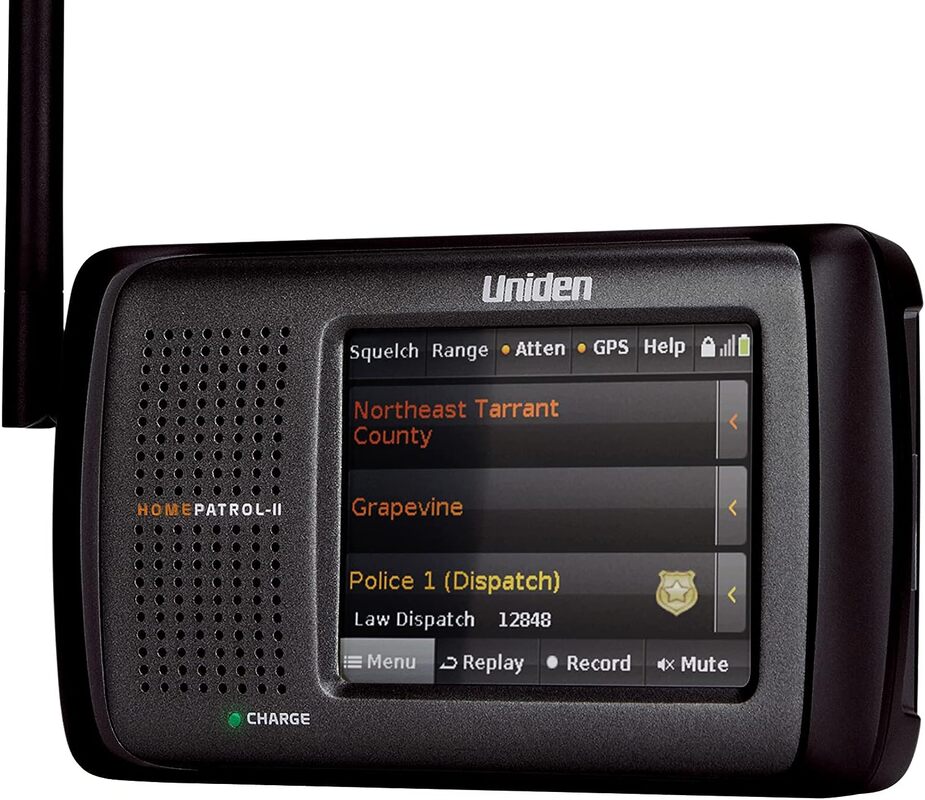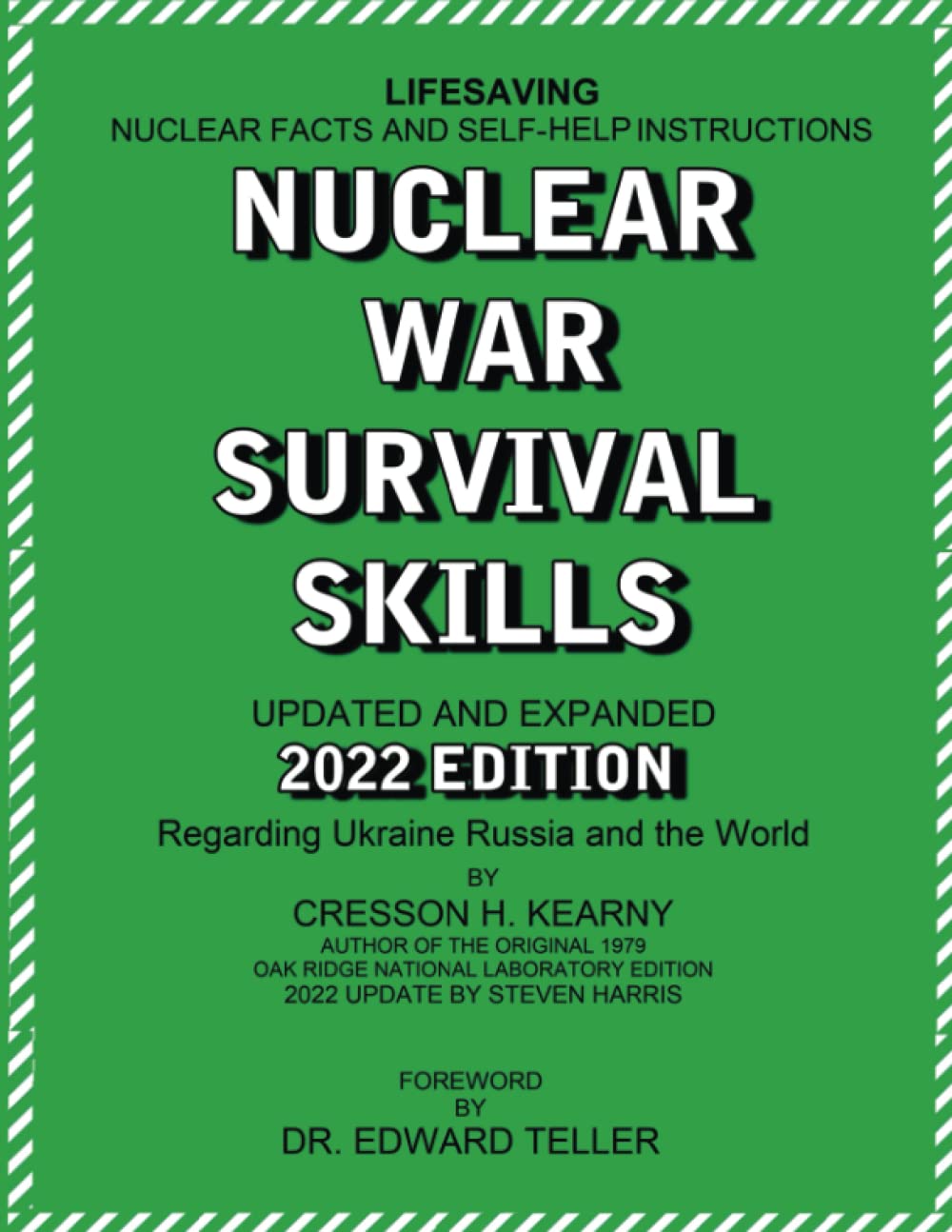|
Note: Many of the individual accounts this analysis is based on are taken from the raids of the Comanche and Kiowa tribes and the observations made from them (and others) generalized. See also my book Rural Home Defense. Rural homes in SHTF will suffer from isolation and potentially lack of communication. A situation not unlike that of homesteads that fell to Indians in (mainly) the 19th century will be faced by many rural properties. Rapid raids, not by horse but by vehicle, by criminals and not natives, will share some overlapping elements of what our frontier ancestors faced. I believe that Native American warfare on our frontier is a better idea of what rural Americans will face post-SHTF than Rhodesians did during the 1970s Bush War. Both the Zimbabwean communist terrorists and the Native American tribes fought guerilla wars; one successfully and the other unsuccessfully. The Indian population was small and easily reduced by warfare, famine, and disease. In Rhodesia, the European population was outnumbered by the Africans and white population flight eventually doomed the minority government. All the African guerillas had to do was bide their time and keep the pressure up. Native Americans were fighting a losing war against a technologically and numerically superior enemy and could only inflict painful stings. When Indians couldn’t win a decisive engagement over the Army, they sought to hinder, delay, and demoralize the soldiers the best they could. Undefended homesteads were easier to wipe out than a cavalry troop. Atrocities perpetrated upon pioneers had the effect of frightening and driving some of them away. The population imbalance was always in the settlers’ favor so no matter how brutal the Indians were, they couldn’t out kill the overflowing European population. Raids sought to steal goods for material gain and were conducted by small groups. This would in turn have the effect of requiring taking revenge on the raiding tribe, which could spawn open warfare. War parties would go out with the objective to kill and take captives to avenge wrongs. Many engagements were blood feuds intended to avenge the death of relatives or tribe members. This tended to produce a never-ending conflict that was self-perpetuating as each new retaliation must be punished. Modern criminals will target properties for hit-and-run attacks to gather supplies or valuables. The “Indians” may be desperate criminals coming out of big cities or roving groups of bandits. If political or racial strife is interjected into a struggle for resources, atrocities to shock and demoralize may be perpetrated on victims. We have seen inter-tribal warfare in many countries get very ugly. Whether it is Native Americans vs. pioneer Americans or ISIS vs. the Kurds, awful things done to “others” is an ugly part of human nature. Wagon trains Wagons traveling alone was a bad idea. Indians deliberately separated parties or took advantage of separation to more easily kill or capture their victims. Trains of wagons provided additional security, more provisions in case some were lost/spoiled, and help should anyone get stuck or find some other kind of trouble. Wagon trains had mounted advance and rear guards who scouted for Indian ambushes. Wayward trains would blunder over the horizon without the use of scouts riding ahead or on the flanks to look for signs of approaching Indians. The Indians could surely see and hear the wagons long before the opposite occurred. Failure to scout resulted in ambushes. Scouts also had the duty of looking for a suitable and defensible campsite. When setting up camp, doing so in the bend of a river was recommended as the water would form a defensive perimeter on roughly three sides. Areas with dense brush that could conceal Indian raiders were to be avoided as the Indians would use the cover of the brush to their advantage. Camping on the high ground for the ability to survey the terrain was also recommended. Picket guards were stationed at night 200-300 yards away from the camp between the most likely avenue of approach by Indians and the wagons. These guards stayed on low ground when possible to allow Indians to skyline, that is silhouette, themselves against the horizon as they came over the crest of the terrain. In daylight, guards moved to any high terrain for greater observational distance. At night, travelers were confined to the camp. Wagons were loosely circled to help corral the animals and provide a defensible formation against attack. Corralling livestock helped prevent stampedes which might be incidental or provoked as part of a raid. Horses were to be always kept ready to stop a stampede and herd the animals back in lest they get away and scatter over the countryside. Stampedes could be a way to rustle the animals or part of a distraction during an attack. Some horsemen carried their pistols in holsters attached to the saddle which left them handy while mounted, but if they dismounted, they would have to draw the guns before getting off the horse. This left men without their guns if they had to quickly quit the saddle in an attack. The prairie guide’s advice to always keep pistols holstered about the waist is similar to advice in my books to keep guns in the car holstered on your body at all times in case you have to abandon the vehicle in a hurry. Terrorism Indian tactics were not suited for campaign/occupation style warfare as Europeans were accustomed to. Indians used their knowledge of the terrain and living off the land to survive and evade. Raids and ambushes, where the attack was sudden and followed by a withdrawal, were suited to the form of warfare Indians were accustomed to. They could melt back into the wilderness where the settlers were at a disadvantage. Generally Indians fought short wars or engaged in reprisal attacks. The inability to store large quantities of food made supporting a long campaign difficult. Indians who farmed were required to tend their crops so they could not make extended deployments. Militia troops in New England would burn or trample crops and block areas where Indians hunted, fished, or foraged. Out west, Indian logistics were attacked including the infamous buffalo hunts that were intended to deprive the Indians of this resource. Raids on the hunting, fishing, and foraging grounds tended to discourage activity there and displace the Indians, resulting in hunger and famine. Even the choice of settlements on prime hunting, foraging, or gardening land could be weaponized against the natives. Capture of territory in the European sense, where it was held and occupied, was uncommon among the Indians. Sedentary tribes, particularly in the desert, fought over land as water and arable land were scarce resources. Warfare could generally be regarded as competition over limited resources as represented by control of the land. Whites inadvertently or deliberately scared off game. Good farming areas or reliable water sources would be homesteaded and denied that area to the Indians. As a result, Indian raids were intended to force the white man to leave the land. Obviously this was not successful but you can’t blame them for trying. Terroristic attacks with atrocious horrors have universally been a feature of inter-tribal/racial warfare historically. As mentioned above, the worse an attack was, the more likely it was believed to have an influence in causing whites to flee. In many cases, homesteads were abandoned for a time but the whites always came back. Without a large-scale picture of migration trends and the sheer size of the American-European population, Indians can’t be blamed for assuming these methods would work as they did on Mexicans and rival tribes. Comanches, in particular, were notorious for carrying out horrible depredations on their victims. With a poor command structure they were likened to “street gangs.” The most probable motivation was to make warfare so unpleasant that no whites would want to risk an Indian attack and thus avoid their territory. Scalping as mutilation, for instance, could be considered psychological warfare; nobody wants to get scalped. Wounded men and captives were routinely tortured to death. This is why the saying “Save the last bullet for yourself,” became popular. Quarter and mercy was rarely given. Indians treated their victims and captives in the same way that they expected to be treated, and were treated, by other tribes. Like the Japanese during WWII, surrender in the face of overwhelming odds was considered a weakness. Resistance might deter or stop an attack. Even brandishing a firearm in some cases was enough to stop an attack. While part of the reason this worked may have been wise judgement and self-preservation, in other cases Indian warriors respected a courageous fighter. Rape was almost always perpetrated against female victims, white, black, or Hispanic. In some cases, women were raped after being mortally wounded. Rapes occurred in the presence of husbands who were dying or killed shortly thereafter. Girls and children were often kidnapped and taken into concubinage. Infants were regularly beaten to death in front of their mothers. It was savagery to a degree that many tribes disapproved of. Attacks on settlers may also have been retaliation for settler depredations on Indians or for Army attacks (hitting a soft target). Excesses occurred on both sides, usually an over-zealous retaliation for an attack or offense. One side would do something atrocious and the other side might seek to do something worse in revenge. Vengeance was a deep theme among the Indians and a part of tribal warfare from before the arrival of Europeans. Raids Raids on homesteads and wagon trains had multifaced purposes that combined elements of terrorism, to drive off settlers, and result in material gain. Raids upon multiple locations or even feints were possible. Indians might attack one homestead, and as neighbors pursued the Indians or rode to the defense, another group (or the original group circling around), would attack a second, undefended location. Indians stole livestock (cattle and horses) in raids. Entire herds could be stolen and driven into Indian controlled land. Often they were traded locally or driven into Mexico for sale. Animals that weren’t stolen or killed were set loose. Any livestock they could not take with them, like chickens, were slaughtered and they trampled young crops into the ground. Fleeing settlers often set their own animals free so they wouldn’t starve in their pens, and if they returned home, often faced dead crops upon their return. Once the homesteaders were dead, unable to resist, or driven off, Indians would tear the houses apart. Homes were looted of anything valuable or of use to the Indians including food. Vandalism of houses and cabins was common. After looting and vandalizing homes, they were often set on fire. Indians were hard enemies to fight because attack parties could form up from different camps at an initial point or ambush site due to their familiarity with the terrain. European warfare had moved away from this kind of small unit engagements. Likewise, natives could disappear after an action and it would be difficult for white scouts to track them and navigate through often foreign terrain. Being able to break camp or abandon villages while living off the land was an advantage that the plains tribes had over settlers who could not easily afford to abandon their cabins and farms to flee. Poor situational awareness Indians could approach farms and houses undetected mainly because there were too few people living there to keep proper watch. Countless stories, good and bad, start with an Indian showing up at the door. Literally like: “Ma was cooking and suddenly the local chief was standing in the doorway.” In one case, a little girl peeping out the cracks of a schoolhouse saw Indians approaching and was able to escape through a window before the attack began. Alert fatigue is a factor so get more eyes on your homestead to share the burden. Another mistake was knowing Indians were likely to be about and yet going outside, at night, unarmed and without escort. Men would go out to tend the animals, sans gun, only to be sprung on by an Indian. One woman left at dusk to draw some water near a spring that was noted as a prime ambush site due to thick foliage and was shot with an arrow by an Indian hiding in concealment. Ambushes from deep brush was common. In the preceding account, it was known that the brush around the spring was too deep and could hide ambushers, but it was not cleared away. Romans were known for clearing the verges of their famous roads so legions and travelers could pass in relative safety. Had basic military engineering measures to deny the enemy concealment been taken the tragedy may have been averted or at least mitigated. Indians often attacked while settlers were away from the house to separate the victims from their shelter. Any distance that separated one from the home or others could result in ambush; two little girls were killed by Indians when they went to draw water a hundred yards from the house. This could have been prevented had “Pa” checked out the area or escorted the girls. In modern terms armed overwatch with a shooter capable of hitting targets at that distance might have made a difference. Too few men/defenders A recurring theme is that attacks happened when the men weren’t home. Indians knew this and that more than likely the women would be unable to successfully defend the home and attacked. The husband went into a town or trading post and Indians watching the home knew it was unguarded by a man. Or the husband was ambushed by Indians hiding in the brush while cutting wood, traveling, working, etc. With no other men, there was no one to protect the women and children. In many cases, only the man of the house was armed or there was a long gun inside the house that never got to be used. Women did not usually carry pistols but many had access to firearms inside the house. While many women put up a credible defense and there were plenty of heroines, a single woman was seldom a match for multiple Indian warriors. The Indians would also not fear or respect a woman in the same way they would a man. Sexist yes, but history is. Not enough guns was also a problem. Homesteaders were likely to be operating on shoestring budgets and might have one long-gun mainly for hunting. A man with a brace of pistols, a rifle, a shotgun, and a pistol for his wife would have been a rare thing indeed. One small Texas settlement was entered by a band of hostile Indians. There was less than half-a-dozen men and no guns; the town only being saved by the proximity of Texas Rangers whose response caused the Indians to leave. Many fights were turned because of the effective use of firearms by whites. Whites tended to be more accurate shooters, have better weapons, and more ammunition than their native enemies. Indians succeeded at hand-to-hand attacks. This is a lesson in that a better armed and skilled defender can utilize his firepower to overcome the numerical advantage of a more poorly armed or trained enemy. Settler defenses A barricaded home and a defender who was willing to, or did, shoot discouraged some assaults. A shuttered up home might mean someone was armed inside and ready to fire. Some built strong houses with loopholes and protected enclosures for the horses. Iroquois and other Indians surrounded their villages with palisade fencing made of thin, sharpened stakes of wood. Entrances were staggered to deny a straight entry and were barricaded in times of siege. A successful defense was for all the neighbors to “fort up” in the largest and well-protected house if there was time. Men would stand guard outside while the women and children stayed inside the house. If they could not be protected by the house or were driven out, women and children often hid away from the house, such as in tall grass, deep brush, or caves. The Army was tasked with “frontier defense,” which was essentially counter-insurgency warfare. The responses to attacks, raids, and reprisals looked like a horse-borne version of what happened in Rhodesia during the 1970s Bush War. Prairie guides criticized small, widely scattered Army garrisons as too ineffective to provide protection of the frontier. Generally this was the case. Often the only help was from neighbors who joined the fray at the risk of their own lives. In the northeast, settlers formed local militias and small garrisons were present in many communities. Settlements were surrounded by a stockade. Any field work was done under the protection of armed men. Life around 1700 was described as near siege-like. Some eastern colonies required men to carry arms to church. A century and a half later, in the Southwest, “Minuteman” type companies were organized for similar reasons. On the other hand, not everyone cooperated with their neighbors during Indian attacks. French-Canadian settlers had strong ties with native peoples, unlike the British. During Pontiac’s Rebellion, many French refused to offer shelter or aid to British victims who were the primary target of Indian attacks. This article is a part of my new non-fiction book, Rural Home Defense: A cop's guide to protecting your rural home or property during riots, civil war, or SHTF.
Comments are closed.
|
Author Don ShiftDon Shift is a veteran of the Ventura County Sheriff's Office and avid fan of post-apocalyptic literature and film who has pushed a black and white for a mile or two. He is a student of disasters, history, and current events. Archives
May 2024
Categories
All
As an Amazon Associate I earn from qualifying purchases.
|
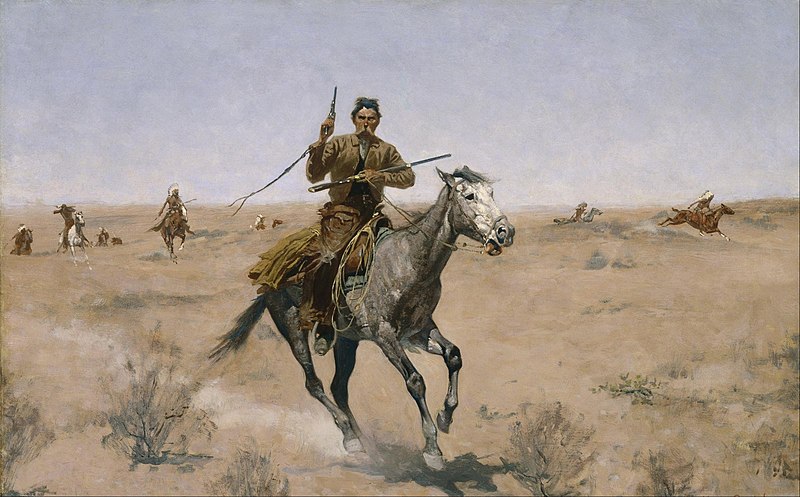
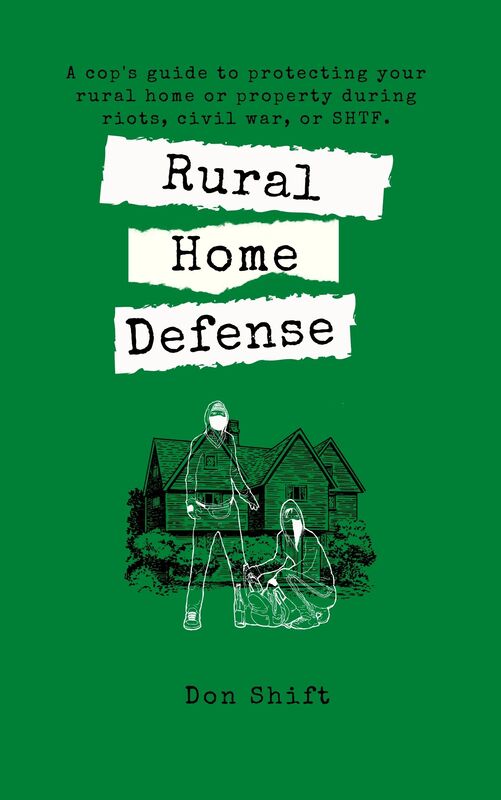
 RSS Feed
RSS Feed
